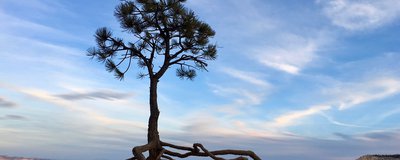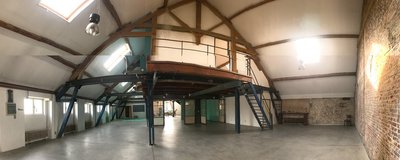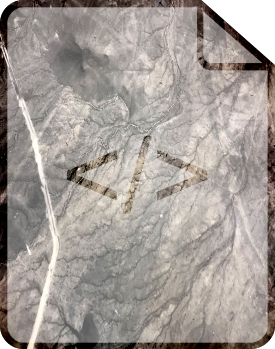Publications
Filter by type:
Visualising the urban green volume: Exploring LiDAR voxels with tangible technologies and virtual models

Data collection and storage in long-term ecological and evolutionary studies: The Mongoose 2000 system

Population genetic structure in European lobsters: implications for connectivity, diversity and hatchery stocking























